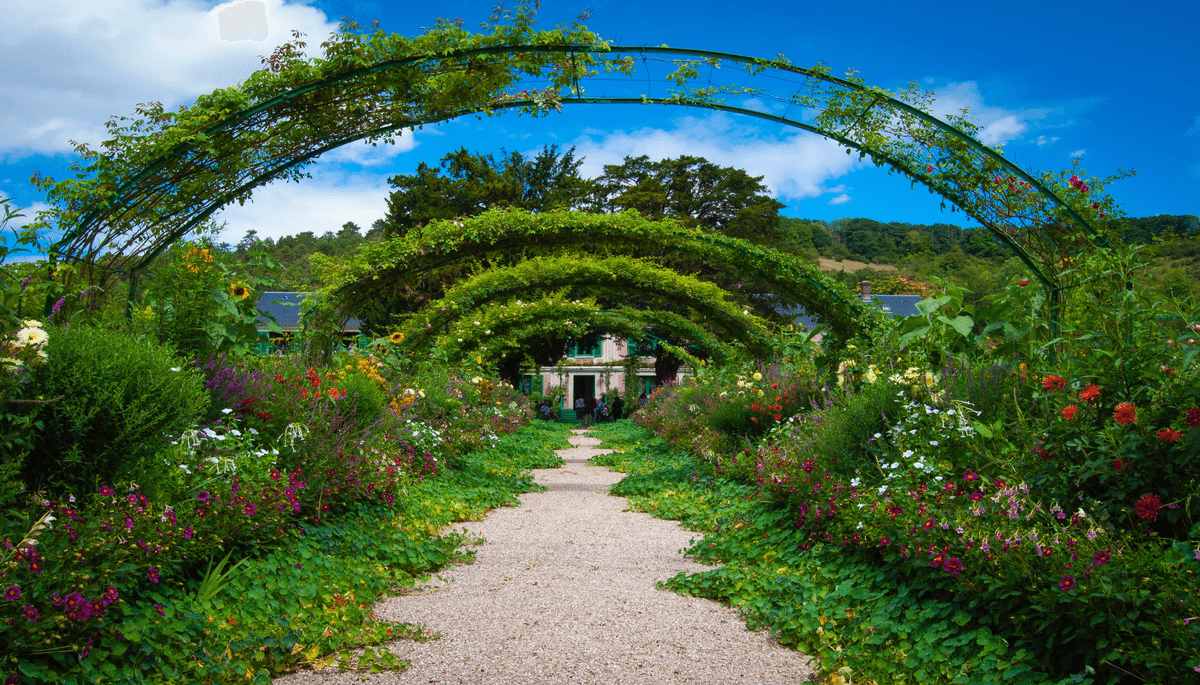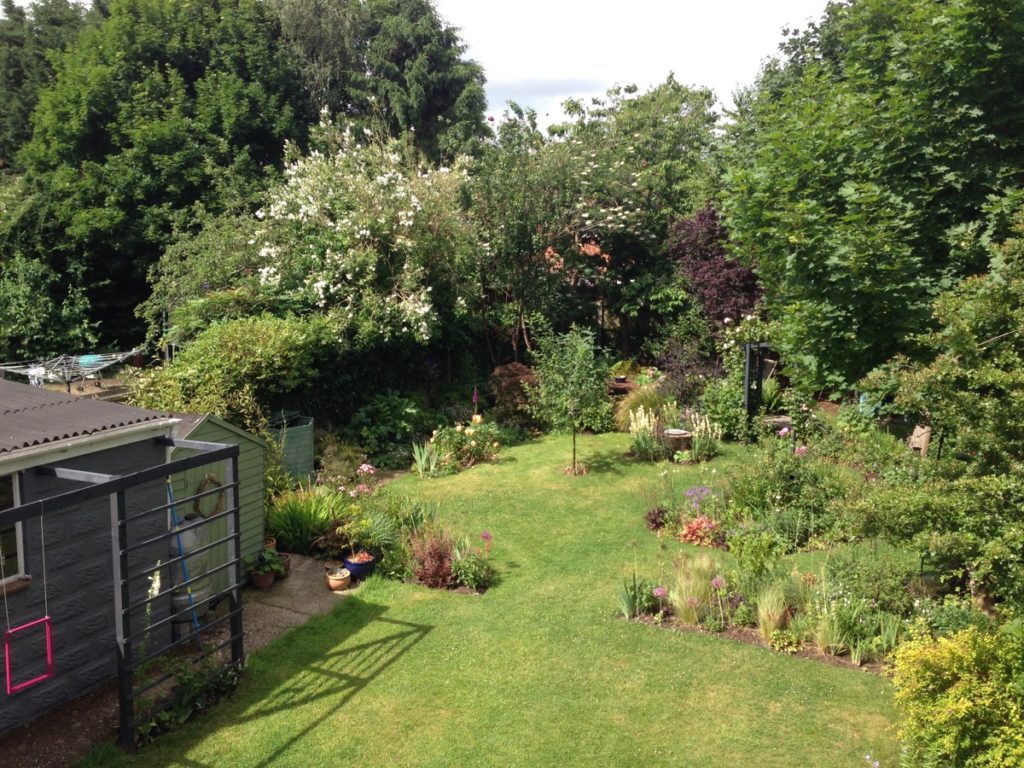Creating A Wildlife Haven In A Small Garden
A wildlife garden is a great addition to any farm or homestead. It not only provides a natural habitat for wildlife like birds, butterflies, and bees, but it also creates a beautiful and serene environment for you and your family to enjoy.
But how do you create a wildlife garden? Where do you start? Follow these tips and tricks to create your own wildlife garden.
How To Create A Wildlife Garden
1. Assess Your Space: Look around your homestead and find a space that you want to convert into a wildlife garden. Consider the amount of sunlight, shade, and water the area receives, and take note of any existing plants or trees that could be used as part of the garden.
2. Research Your Local Ecosystem: Before you start planting, research the plants and animals that are native to your area. This will help you create a garden that is suitable for the local wildlife and will attract the species that are specific to your region.
3. Choose Native Plants: Once you have researched your local ecosystem, choose native plants for your garden. Native plants are adapted to your climate and soil conditions, making them more likely to thrive and attract local wildlife.
4. Build A Birdhouse: Birds are an important part of any wildlife garden, and building a birdhouse will provide a safe and secure nesting site for them. Consider the types of birds in your area and build a birdhouse that is suitable for them.
5. Provide Water: In addition to plants and shelter, wildlife also needs water. Create a pond or a small water feature that will provide a source of water for birds, butterflies, and other wildlife.
6. Add Hardscaping: Hardscaping features like rocks, logs, or a small bridge can add interest to your wildlife garden and provide additional shelter for wildlife.
Tips & Tricks For A Successful Wildlife Garden
1. Plant A Variety Of Plants: A diverse range of plants will attract a diverse range of wildlife. Include plants that bloom at different times of the year to provide a continuous source of nectar for butterflies and other pollinators.
2. Use Organic Methods: Avoid using pesticides or other chemicals in your garden, as these can harm wildlife and disrupt the ecosystem. Instead, use organic methods like composting or companion planting to keep your garden healthy.
3. Provide For Wildlife Year-Round: Wildlife needs food and shelter throughout the year, so make sure your wildlife garden provides for them in every season. Consider adding a bird feeder or planting winter-blooming plants to provide food and shelter in the colder months.
4. Be Patient: A wildlife garden takes time to establish and attract wildlife. Be patient and don't be discouraged if you don't see results immediately. With time, your garden will become a thriving ecosystem for local wildlife.
Creating a wildlife garden is not only good for the environment, but it's also a great way to reconnect with nature and create a peaceful oasis on your farm or homestead. Follow these tips and tricks to create your own wildlife garden and enjoy the beauty of nature all year round.




Post a Comment for "Creating A Wildlife Haven In A Small Garden"